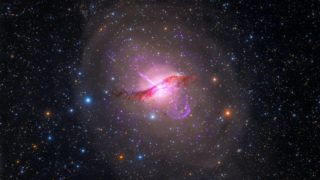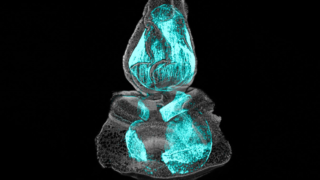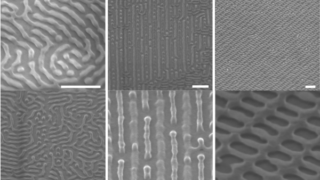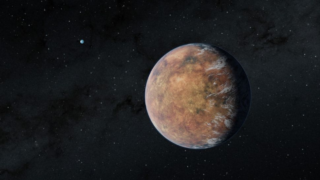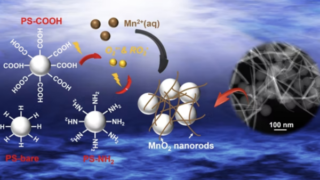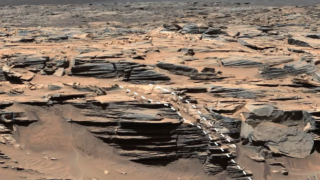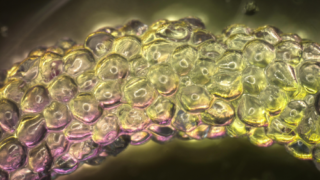
Injectable hydrogels for biomedical uses
Gel-like materials that can be injected into the body hold great potential to heal injured tissues or manufacture entirely new tissues. Many researchers are working to develop these hydrogels for biomedical uses, but so far very few have made it into the clinic. To help guide in the development of such materials, which are made […]



